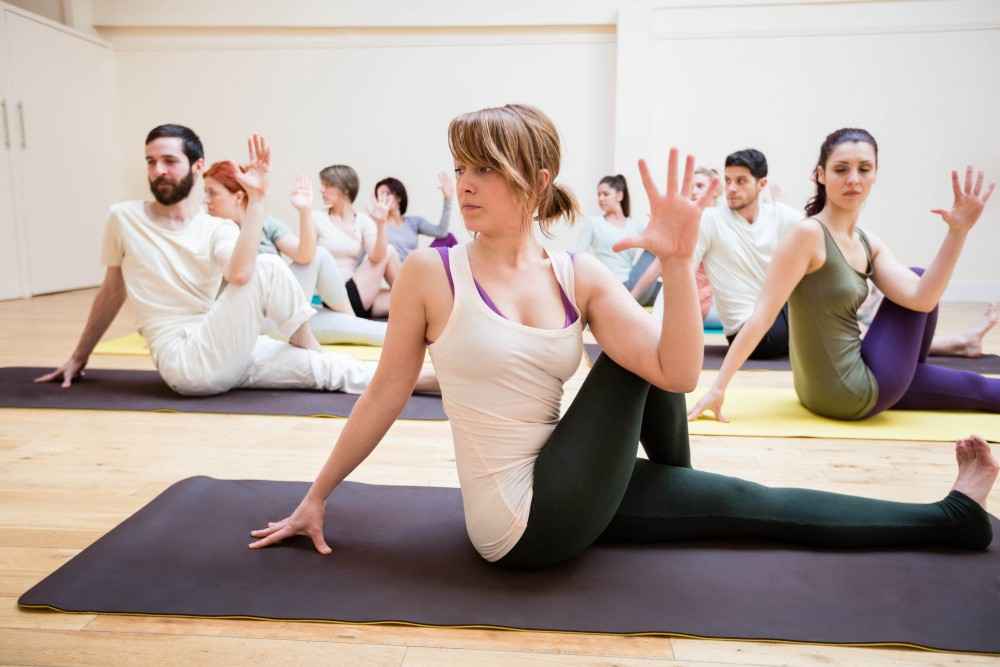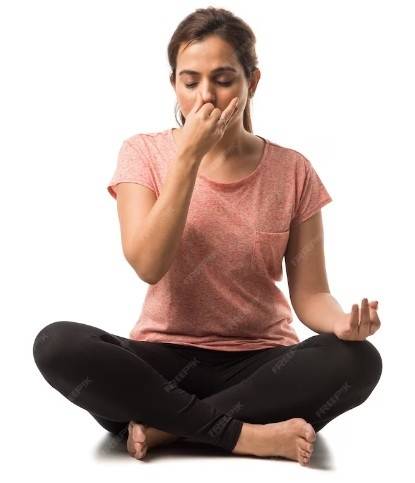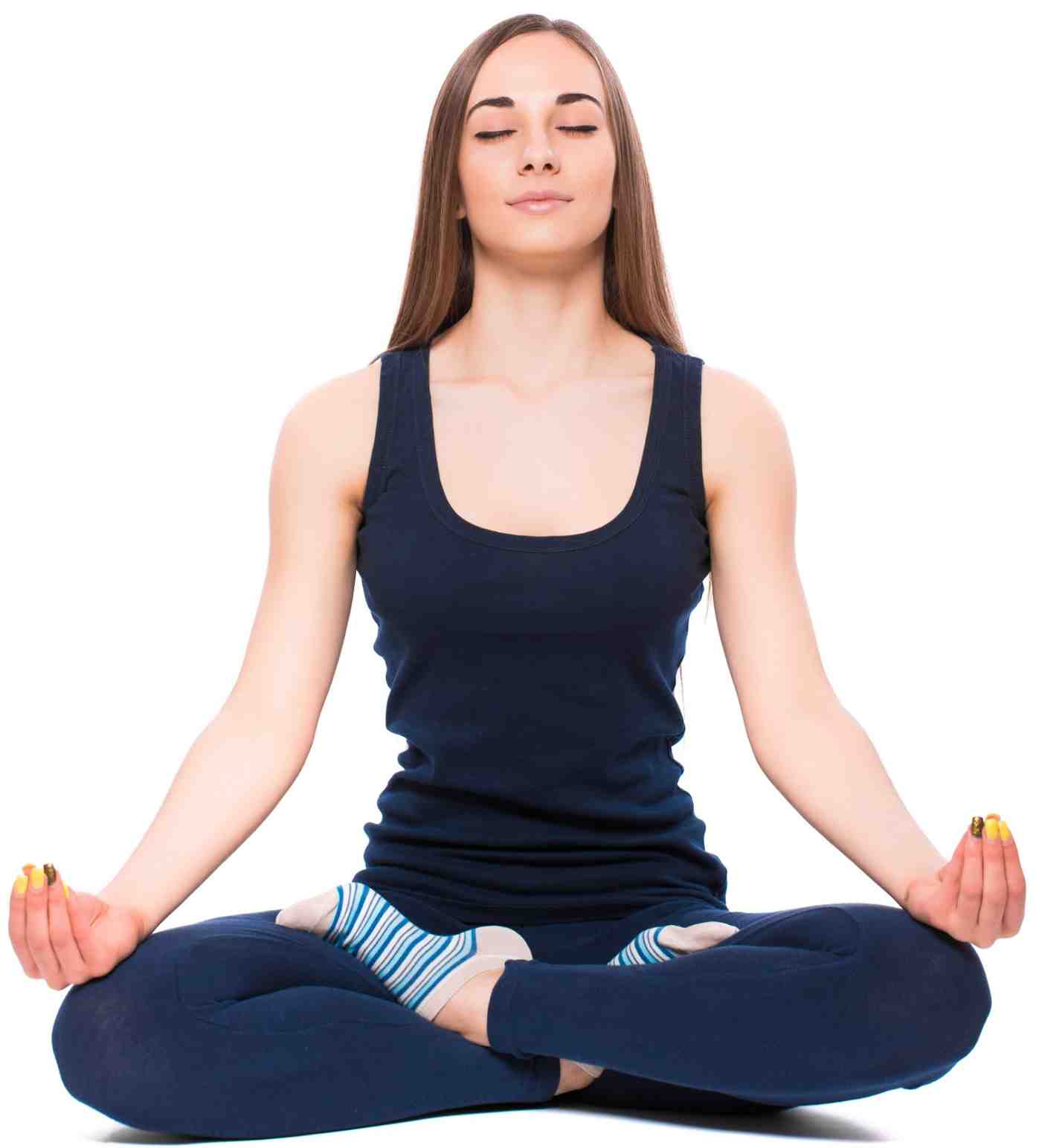How to Guide Yoga?
Yoga, an ancient practice originating in India, is a holistic approach to well-being that integrates the mind, body, and spirit. The roots of yoga can be traced back thousands of years, with its foundation deeply embedded in the spiritual and philosophical traditions of ancient India. The word ‘yoga’ itself is derived from the Sanskrit word “yuj,” meaning to unite or join, symbolizing the union of individual consciousness with universal consciousness. Yoga guide by instructors who are well-versed in yoga by routine practice.

Types of Yoga
Yoga has evolved, leading to the emergence of various styles catering to different preferences and goals. Hatha Yoga, Vinyasa, Ashtanga, Kundalini, Iyengar, and Restorative Yoga are just a few examples. Each style brings a unique emphasis, ranging from the physical intensity of Ashtanga to the meditative and gentle nature of Restorative Yoga.
Your TitleBenefits of Yoga Goes Here
The benefits of yoga extend beyond the physical realm. Regular practice enhances flexibility, strength, and balance. Moreover, yoga is renowned for its ability to reduce stress, promote mental clarity, and foster emotional well-being. The integration of breath control, meditation, and physical postures contributes to a harmonious and balanced life.
Basic Principles of Yoga
At the core of yoga are three fundamental principles: breath control (Pranayama), physical postures (Asanas), and meditation. Pranayama techniques focus on conscious breath regulation, promoting respiratory health and calming the mind. Asanas, or physical postures, improve strength, flexibility, and balance. Meditation cultivates mindfulness and inner peace.
Getting Started with Yoga
For beginners, navigating the vast world of yoga can be overwhelming. Choosing the right style that aligns with personal preferences and physical abilities is crucial. Finding a knowledgeable and supportive teacher, either through classes or online resources, can provide guidance and encouragement. Setting realistic and achievable goals ensures a positive and sustainable yoga journey.
Yoga Equipment
While yoga can be practiced with minimal equipment, a few essentials enhance the experience. A yoga mat provides a comfortable and non-slip surface for practicing asanas. Props such as blocks, straps, and bolsters assist in achieving proper alignment and deepen stretches. Comfortable clothing allows for unrestricted movement, and a meditation cushion can enhance seated meditation.

Common Yoga Poses (Asanas)
Numerous yoga poses, or asanas, form the building blocks of a yoga practice. Some fundamental poses include Mountain Pose (Tadasana), Downward-Facing Dog (Adho Mukha Svanasana), Warrior Poses (Virabhadrasana I, II, III), Tree Pose (Vrksasana), Child’s Pose (Balasana), Cobra Pose (Bhujangasana), and Corpse Pose (Savasana). These poses target various muscle groups, promoting strength, flexibility, and relaxation.
Yoga Sequences
While yoga can be practiced with minimal equipment, a few essentials enhance the experience. A yoga mat provides a comfortable and non-slip surface for practicing asanas. Props such as blocks, straps, and bolsters assist in achieving proper alignment and deepen stretches. Comfortable clothing allows for unrestricted movement, and a meditation cushion can enhance seated meditation.
Pranayama Techniques

Pranayama, or breath control, is a cornerstone of yoga practice. Techniques such as Ujjayi Breath, which involves deep, audible breathing, help synchronize breath with movement. Nadi Shodhana, or Alternate Nostril Breathing, promotes balance and clarity. Kapalabhati, the Skull-Shining Breath, energizes the body, while Bhramari, the Bee Breath, induces a sense of calm.
Meditation Practices
Meditation is a powerful component of yoga that fosters mental clarity, focus, and inner peace. Mindfulness meditation involves observing thoughts and sensations without attachment. Loving-kindness meditation cultivates compassion and goodwill towards oneself and others. Guided visualization uses imagery to enhance relaxation, and Transcendental Meditation offers a structured approach to accessing deeper states of consciousness.

Yoga for Special Populations
Yoga is inclusive and adaptable, making it suitable for individuals of all ages and abilities. Prenatal yoga addresses the unique needs of expectant mothers, promoting physical comfort and emotional well-being. Yoga for seniors focuses on gentle movements and balance, enhancing flexibility and joint health. Children benefit from yoga by developing body awareness and concentration. Adaptive practices cater to individuals with disabilities, ensuring that everyone can experience the transformative effects of yoga.
Yoga and Nutrition
The practice of yoga extends beyond the mat to encompass lifestyle choices, including nutrition. Ayurveda, an ancient system of medicine from India, offers principles for harmonizing the body and mind through diet. A yoga diet emphasizes whole, nourishing foods, mindful eating, and an awareness of how different foods impact energy levels and overall well-being.
Maintaining a Regular Practice
Consistency is key in realizing the full benefits of yoga. Establishing a home practice provides flexibility in scheduling, allowing individuals to integrate yoga seamlessly into their daily lives. Overcoming common challenges, such as time constraints or distractions, requires commitment and a gradual, non-judgmental approach. The journey of yoga is personal, and progress is measured not only in physical achievements but also in the cultivation of a positive and mindful mindset.
Yoga Philosophy and Lifestyle
Yoga extends beyond the physical postures, encompassing a rich philosophy outlined in the Eight Limbs of Yoga. These limbs, outlined by Patanjali in the Yoga Sutras, include ethical guidelines (Yamas and Niyamas), physical postures (Asanas), breath control (Pranayama), sensory withdrawal (Pratyahara), concentration (Dharana), meditation (Dhyana), and ultimate blissful union (Samadhi). Integrating these principles into daily life fosters a balanced and purposeful existence.
Advanced Yoga Practices
For those seeking to deepen their practice, advanced yoga offers a path of continuous growth. Advanced asanas challenge the body and mind with increased complexity and intensity. Advanced pranayama techniques expand respiratory capacity and enhance energy flow. The study of yoga philosophy provides intellectual nourishment, fostering a deeper understanding of the profound principles that underpin the practice.
Yoga Retreats and Teacher Training
Yoga retreats provide immersive experiences, allowing practitioners to delve into their practice surrounded by nature or in serene settings. Teacher training programs are an option for those seeking to share the transformative power of yoga with others. These programs cover anatomy, teaching methodology, and the philosophy of yoga, providing a comprehensive foundation for aspiring yoga instructors.
Yoga for Mental Health
Yoga is increasingly recognized for its positive impact on mental health. Practices such as yoga for anxiety incorporate calming poses and breathwork to soothe the nervous system. Yoga for depression focuses on gentle movements and uplifting postures to improve mood. Stress management through yoga involves a combination of physical postures, breathwork, and meditation to reduce the impact of stressors on the body and mind.
Yoga and Spirituality
Beyond the physical and mental aspects, yoga has deep spiritual roots. Exploring the spiritual dimension involves connecting with the inner self, recognizing the interconnectedness of all beings, and seeking a sense of purpose and meaning. While yoga is not a religion, it provides a framework for individuals to explore their spirituality in a way that aligns with their personal beliefs and values.
Common Mistakes and How to Avoid Them
In the pursuit of a yoga practice, individuals may encounter common pitfalls. Overexertion, pushing the body beyond its limits, can lead to injury. Maintaining proper alignment is crucial to prevent strain and ensure the effectiveness of poses. Skipping the warm-up may compromise the body’s readiness for more intense movements. Awareness and self-compassion are essential in navigating these challenges.

FAQ's
As yoga gains popularity, common questions arise.
Who can practice yoga?
The answer is anyone, regardless of age, fitness level, or background.
How often should one practice?
Consistency is more valuable than intensity, and a regular, sustainable practice yields the most benefits.
Is yoga a religion?
No, yoga is a holistic practice that can complement various religious beliefs or be pursued independently.
So, the practice of yoga offers a profound journey of self-discovery and well-being. From its ancient roots to the diverse styles and practices available today, yoga provides a path for individuals to cultivate physical health, mental clarity, and spiritual connection. Whether a beginner or an advanced practitioner, embracing yoga as a way of life can lead to transformative experiences and a more harmonious existence.
